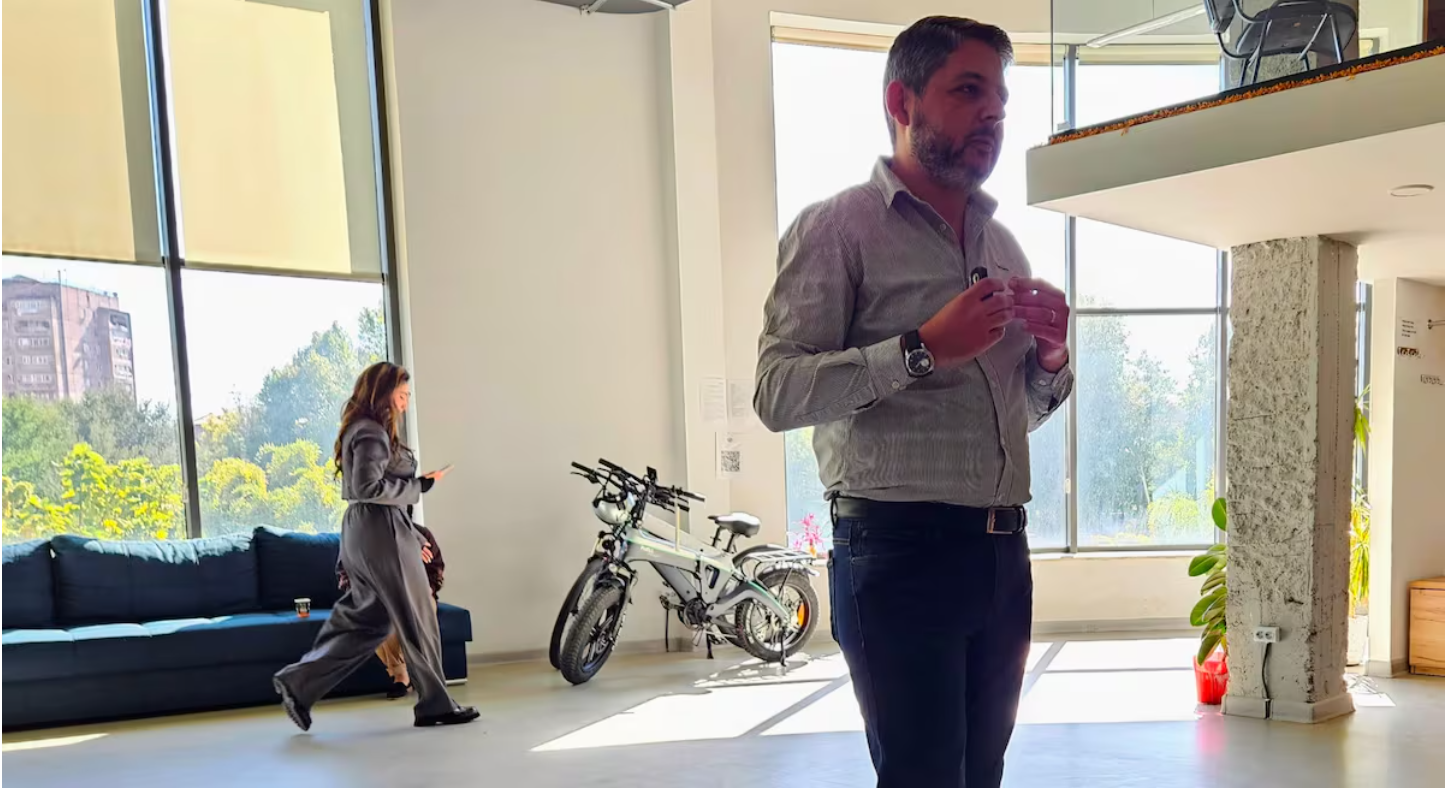
The rise of new technological proposals is faced with deficiencies in the approach whose prediction or correction can reverse the failure rate. A common mistake: not taking the customer into account from the beginning.
Covid had an unexpected effect: business initiatives increased because entrepreneurs believed it was time to change their lives, according to the economist from the University of Maryland John Haltiwanger in a recently published study . He speaks of “overwhelming evidence that the pandemic and its aftermath were characterized by a boom in business creation.” Many of these arise from new or old ideas pushed aside by the inertia of day-to-day life or by the uncertainty of any beginning. But many of them also fail. Arthur Manukyan, director of business development (CBDO) at Prelaunch.com , estimates that “up to 70%” does. However, he believes that this figure can be reversed.
No one is spared from failure, not even new entrepreneurs or giants like Amazon , which had to stop selling its first smartphone (Fire Phone) just 15 months after its launch. To reduce the high failure rate, Manukyan’s company, headquartered in the United States but with international reach, is part of a conglomerate of entities called The Crowdfunding Formula (TCF) , which brings together specialists in fundraising, idea development, e-commerce creation, and advertising and public relations. The model is aimed at new entrepreneurs. “We invest in risk and teams. There are no quotas, only commissions. If the idea prospers, we do too,” Manukyan sums up.
One of the keys to TCF is the inclusion of the consumer in all phases of the project. Potential users who show interest in a product form a specific group that participates in the design, in determining the prices or in possible improvements or modifications. “There is no equal methodology. It is based on real data. In other models, the customer participates for money and their position is biased. Our system is to find who wants what product and make it for them,” explains Mariam Hambardzumyan, co-founder of Prelaunch.com .
The network of TCF entities, without public funding, assumes all the risk and guides the entrepreneur in every step. “A good idea has to find its way because it is our business,” says the director. In this way, the failure rate is reduced because the ability to face contingencies, modify the strategy or reverse a bad initial approach is collective.
Benoit Macq, an engineer from the University of Leuven and not affiliated with TCF, agrees with the approach of including the end user in the process: “When you have a technology, you need people to want it and use it.” Macq met with TCF executives in Yerevan (Armenia), where he participated in the double international meeting World Congress on Innovation and Technology (WCIT) and Digitec , to which EL PAÍS was invited along with a dozen international media outlets.
Professor and researcher at Harvard University Cass Sunstain, who was an advisor to former US President Barack Obama, adds another element to consider when developing initiatives. He calls it sludge and defines it as a “curse that prevents the use of technological advances, whether intentional or not.” “It is a barrier that prevents any access,” he explains during the WCIT before adding that it is not only bureaucratic, but also psychological, economic or resource-related.
Education is also involved in this framework, according to Artavazd Minasyan , a physicist and mathematician who is a member of the Digitec organization and a technology entrepreneur, while showing Armath , a public and private initiative to introduce children between 10 and 18 years old to science, technology, engineering and mathematics through extracurricular activities. “Fifty percent of the participants in the program direct their careers towards these fields,” he points out.
Initiatives such as Cifora, a platform for decision-making in emergency situations, and Titan, an application that connects 11,000 clients with providers of the services they require, have emerged from this network. Fast Shift, specialising in digital developments in all areas, is another of the proposals that emerged here. Or Krisp, which uses artificial intelligence to convert any accent into one that is more understandable for the interlocutor. Or Sada, a provider of business solutions in the cloud.
Carlota Galván, head of ESG (environmental, social and governance) at HBX Group and not involved in the international meeting held in Yerevan, explains that several factors play a role in the failure of an idea, such as the lack of a clear vision, of fitting into general plans, of a firm direction, of resources or of adaptation to market needs. “Projects have to be very agile and flexible, capable of adapting to constant changes in the market and users. Otherwise, they quickly become obsolete,” she says.
The head of the business group highlights the importance of testing the product, assessing risks and opportunities, establishing strategic alliances, involving all the members and continuously monitoring the project. “You have to be very clear about why and what for,” she sums up.
HBX Group, a company in the travel tech sector (the use of technology in the travel sector), has applied these criteria to develop micro-tourist destinations in collaboration with rural communities in Mexico. “We started with a small pilot, working with seven cooperatives. This allowed us to adjust the approach based on the results and the particularities of each community. The success of this pilot has given us the confidence to expand the project to other countries in the near future,” says Galván.





